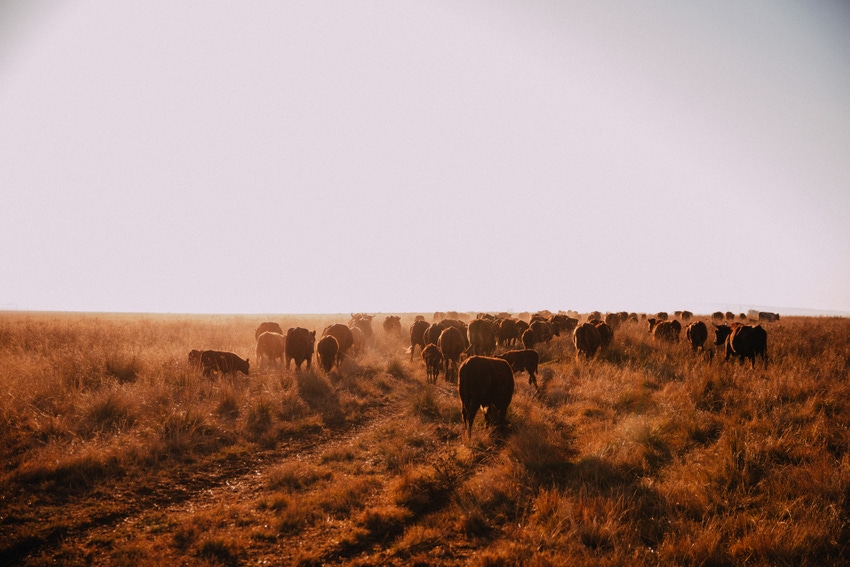USDA announces major conservation investment
Agency allocates $500 million to Working Lands for Wildlife expansion.

USDA will invest $500 million in new wildlife conservation efforts over the next five years. The agency plans to leverage all available conservation programs, including the Conservation Reserve Program, through its Working Lands for Wildlife effort. That program targets conservation efforts that improve agricultural and forest productivity while also enhancing wildlife habitat. It utilizes funding from the farm bill and the Inflation Reduction Act to provide technical and financial assistance to voluntary participants making improvements to their working lands.
According to USDA statistics, more than 8,400 producers have helped conserve nearly 12 million acres of wildlife habitat through the WLFW effort since 2010. USDA Under Secretary for Farm Production and Conservation Robert Bonnie says the incorporation of the Conservation Reserve Program into the WLFW initiative is a major step forward. He pledged USDA will keep building the policy, funding and human capacity to deliver large-scale, working-lands conservation well into the future.
“When you find a conservation approach that works, double down—and that’s what we’re doing with Working Lands for Wildlife,” Bonnie said during this week’s Western Governors Association meeting in Boulder, Colorado. “America’s farmers, ranchers, forest owners and tribes steward the majority of our nation’s wildlife habitat, and our work with them has yielded enormous gains for sage grouse, longleaf pine, and other species and ecosystems.”
The new investments include $250 from the Agricultural Conservation Easement Program and $250 million from the Environmental Quality Incentives Program. USDA’s Natural Resources Conservation Service and its Farm Service Agency will also coordinate their conservation work through the WLFW program.
At least $40 million of the new WLFW funds will be used to support ongoing efforts to conserve migratory big game habitat in Wyoming, Idaho and Montana. An additional $14 million will go toward conservation efforts in 25 central and eastern states to protect bobwhite quail and associated species in grasslands and savannas.
The National Association of Conservation districts applauded USDA’s effort to bolster the WLFW program.
“This strategy will provide producers and land stewards in critical biomes across the country the opportunity to voluntarily implement conservation that enhances wildlife habitats,” NACD President Kim LaFleur says. “NACD and conservation districts look forward to working closely with USDA and other partners to advance landscape scale conservation.”
About the Author(s)
You May Also Like





